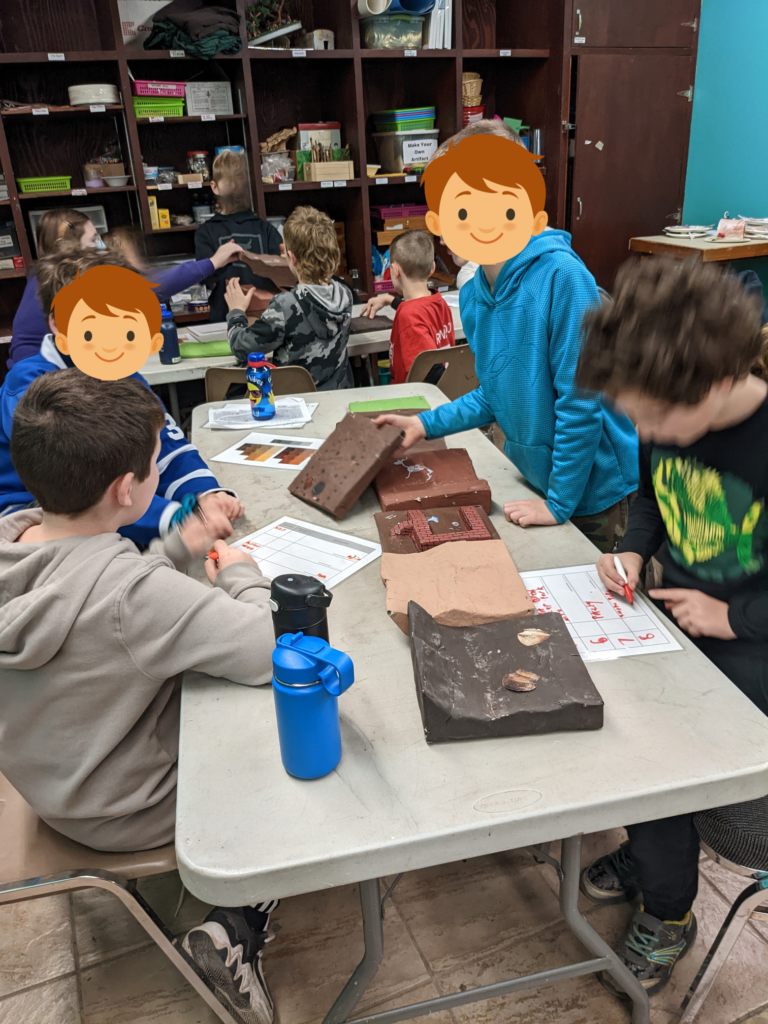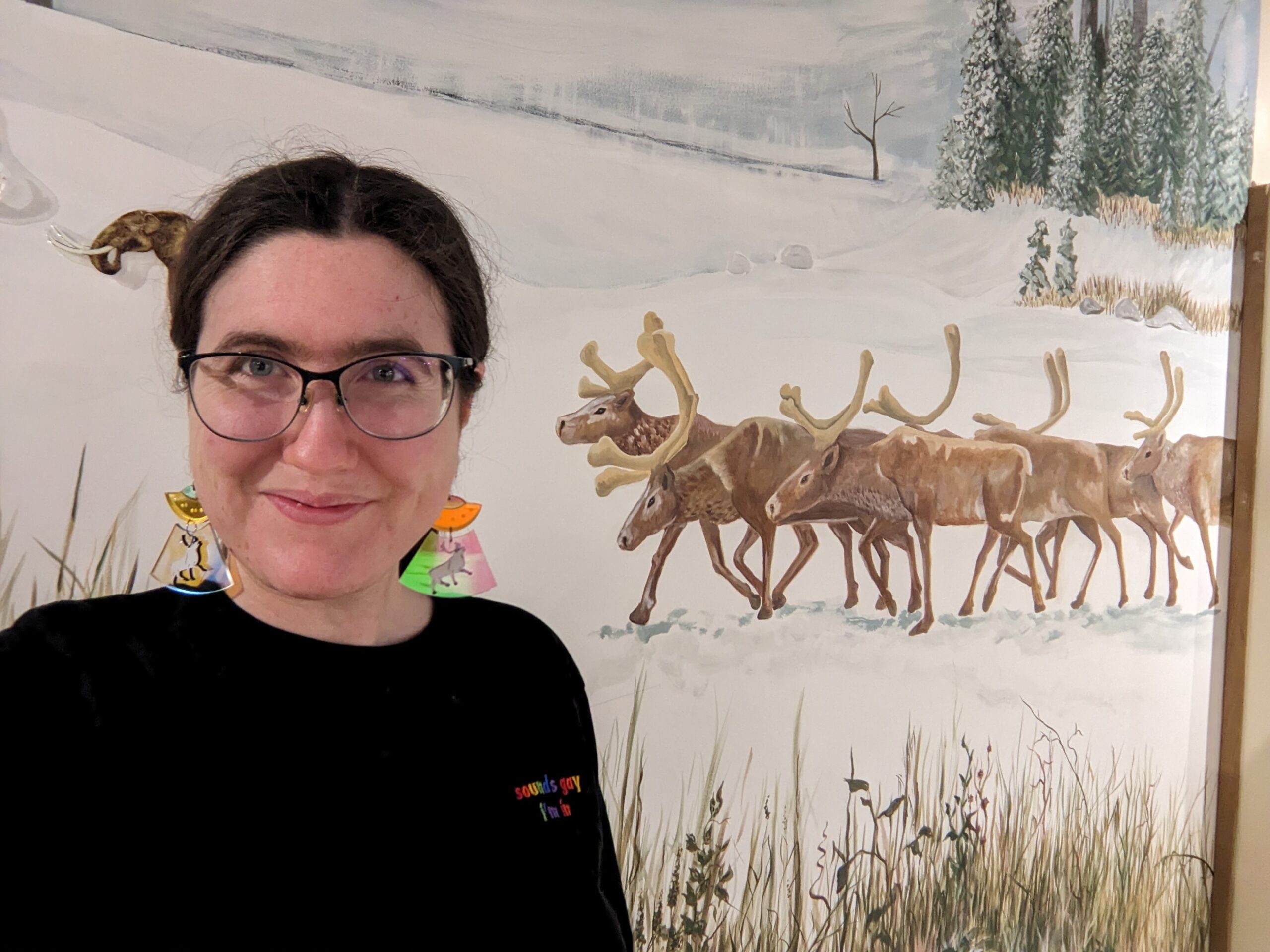Portfolio
At the Museum of Ontario Archaeology in 2023, I developed an Archaeozoology program, which teaches students about how archaeologists identify animals species from their bones.
The main component is to identify five animal skulls from the reference collection. I created a dichotomous key, a series of questions which narrows identification options until only one remains. When I noticed that the list was overwhelming students, I created a program on Scratch (below right) that presents the questions one at a time. This had the added benefit of hiding the options from the kids, so they couldn’t just guess based off those.
I also created a second program where students drag terms to bones and then can check their work. This way, half the class can identify skulls, while the other half can identify bones.
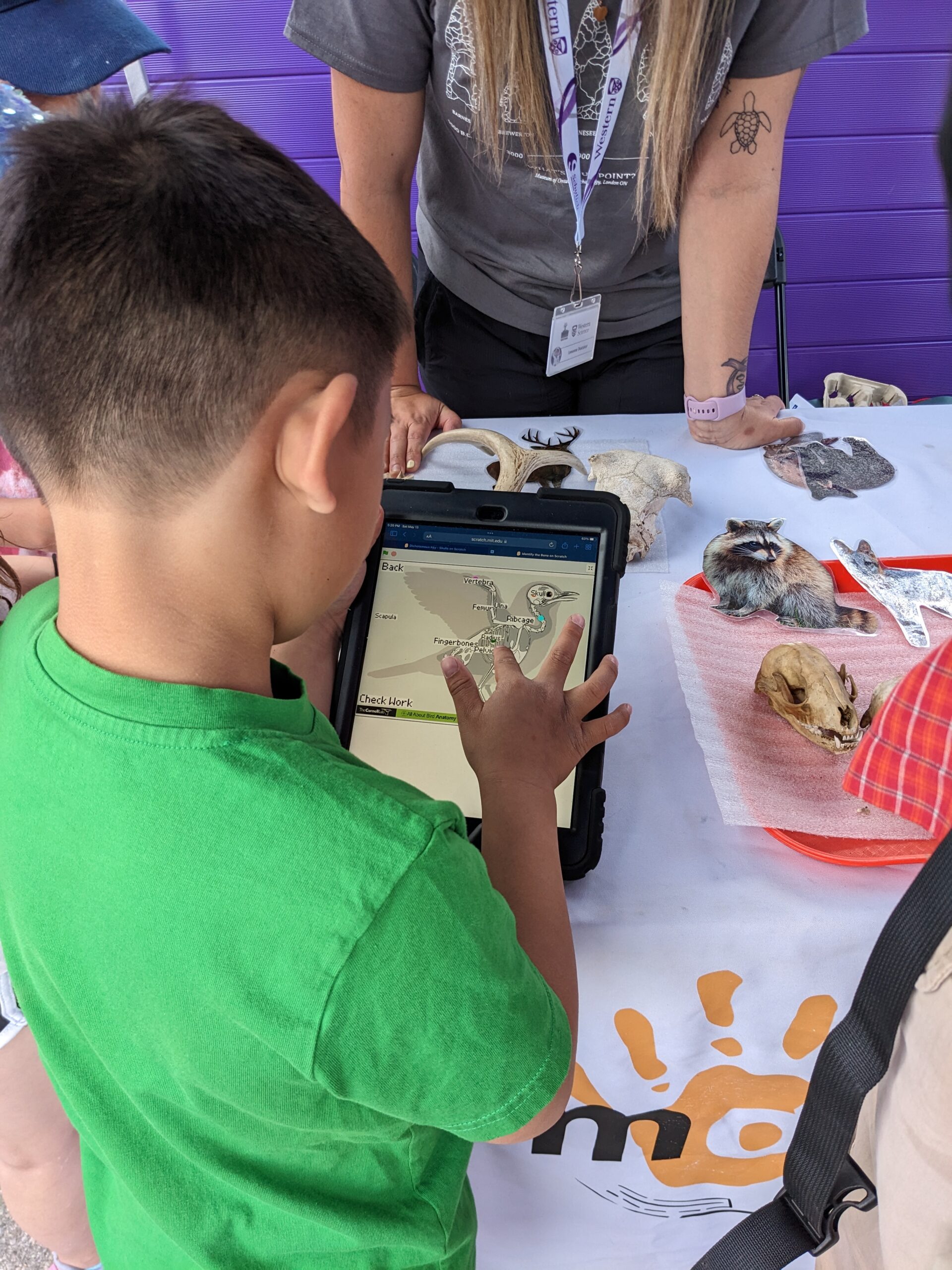

At the Museum of Ontario Archaeology in 2023, I created a new version of the CSI birthday party, themed around solving a theft of a mammoth tooth from the museum. I used the previous CSI party as an example.
The first party I ran, the children were really reluctant to fill in the report that they were meant to at the end of the investigation. I decided to create a new report for that has less writing. When I first presented it to children, I received a chorus of groans. So, I scrapped that form as well.
When brainstorming with my colleagues, one of them mentioned the idea of a ‘murder board’ present in most police shows. Knowing we had a Velcro board for outreach, I created a suspect board. Once the children had found the evidence (which had Velcro sticks on the back) they would identify whose it was – based on fingerprints provided – and then hang it under the appropriate suspect. Then they would vocally come up with the theory of the crime and present it to a staff member.



The Museum of Ontario Archaeology had several sand boxes with artifacts that they used to run their Underwater Archaeology program. To simulate being underwater, the activity takes place in the dark and students are not allowed to speak to each other.
I noticed that students struggled with not being able to communicate, so I introduced laminated papers with whiteboard markers that would simulate a low tech way divers could speak to each other. Some even used it to track their finds!
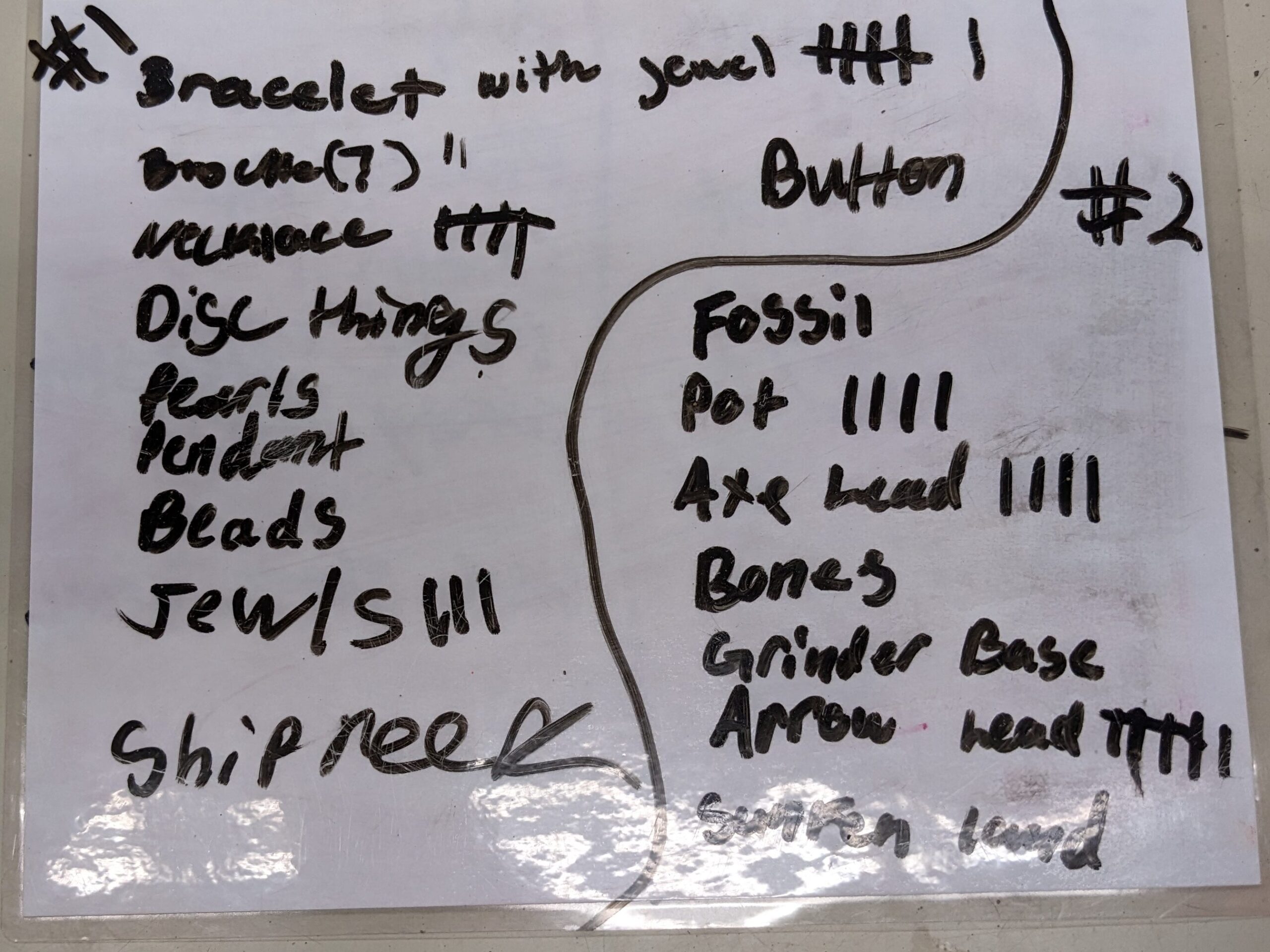
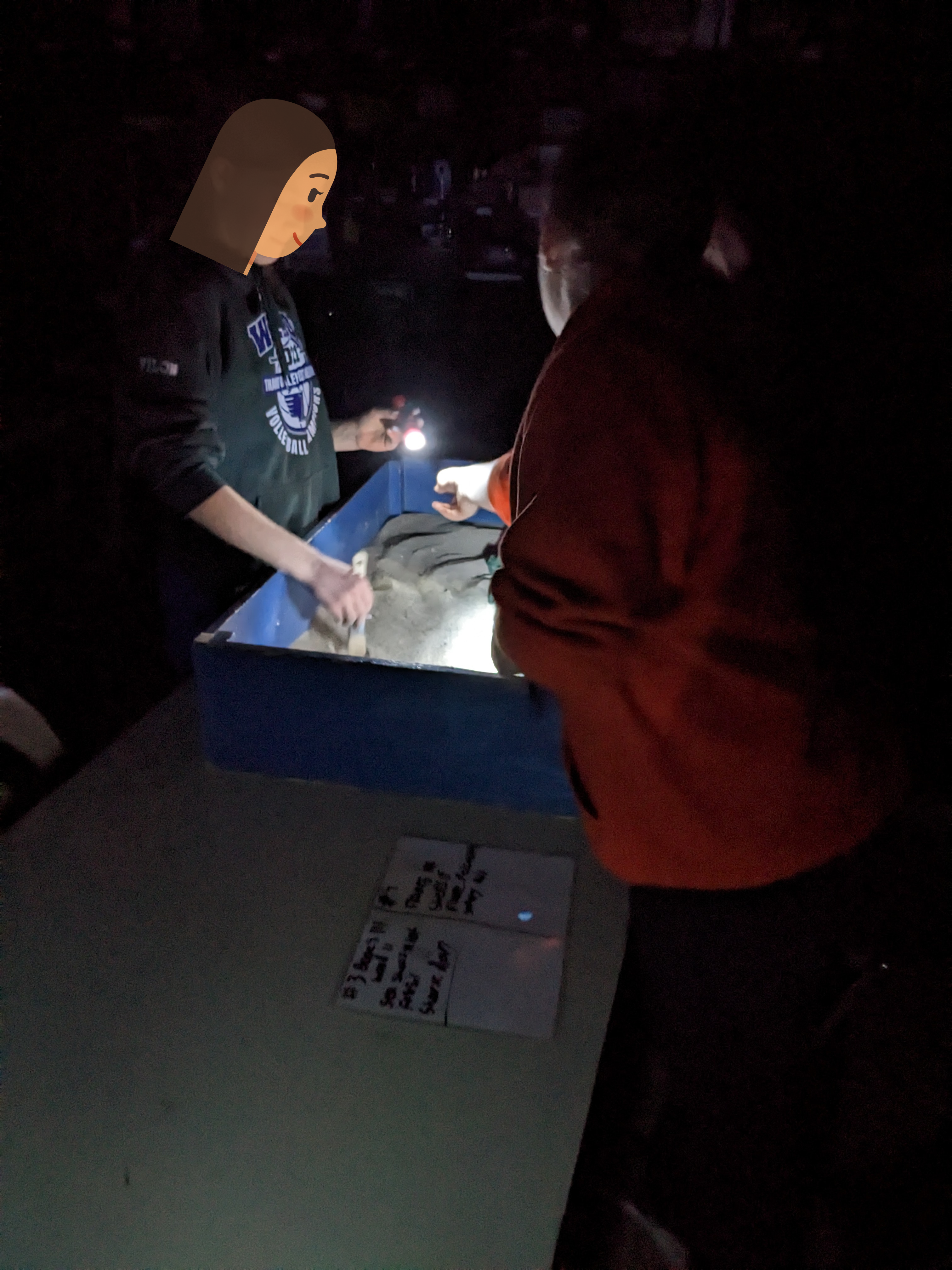
While I was at the Museum of Ontario Archaeology in 2023, I found four models of soil layers with artifacts. As there was no program in the archives about them, I created one.
There are two versions of this program, one aimed at elementary school and one aimed at secondary school. Both involve tracking the order of the layers, the colour as determined by the archaeological standard Munsell chart, and what artifacts they find. The senior program involves graphing the finds for each layer.
This program introduced several key concepts to the students: how old does something have to be for it to be an artifact (there was modern garbage on the first layer); how archaeologists track layers; how artifacts can be used to date layers; and what kinds of things survive for different lengths of time.
To help the students graph the artifacts, I had a clear grid that matched the paper graphs 1:1. I also prepared a 3D grid for students with low vision.
